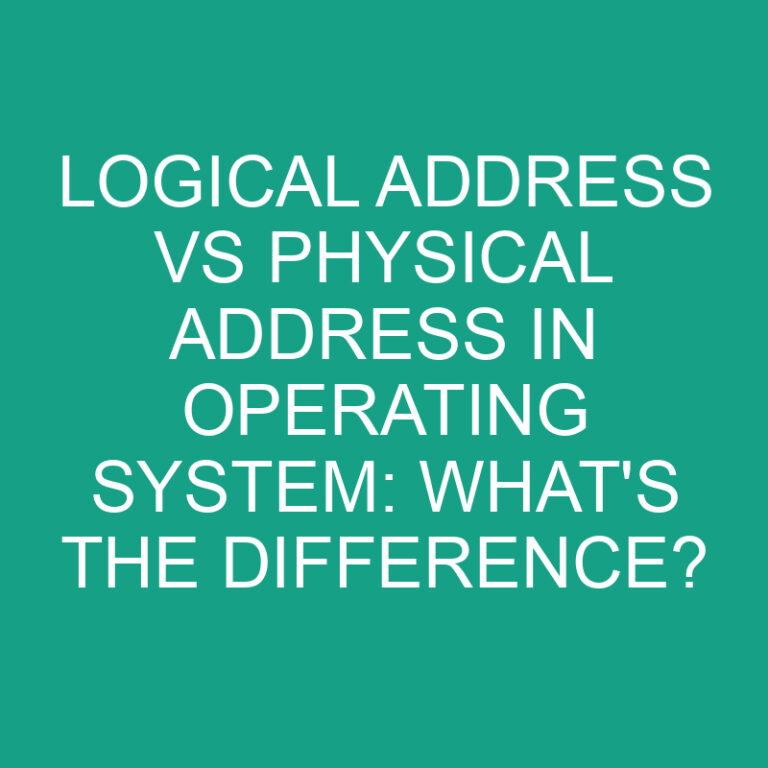
Post Contents
Overview of combinational and sequential circuit
In digital electronics the circuits are classified into two categories they are combinational and sequential circuits. The Combinational circuits can be termed as the time-independent circuits which do not depend on the previous inputs to generate any desired output.
On the contrary, the Sequential circuits are the clock cycles dependent. The sequential circuits depend on the present as well as past inputs to generate the output.
What is Combinational Circuit?
In Combinational Circuit the output depends only on the present input.The speed of this circuit is fast. And It can be designed by anyone so easily.
Elementary building blocks are the Logic gates which are Used for the arithmetic as well as for the boolean operations.
In case of the Combinational circuits, they don’t have the capability to store any state of their own hence there is no feedback between input and output. in the combinational circuit, the time is independent.
The combinational circuit does not have a clock so there won’t be any triggering. These circuits will not have any memory element.
They are easy to use and handle.The design part of the combinational circuits are really easy to implement.
Examples – Encoder, Decoder, Multiplexer, Demultiplexer
What is Sequential Circuit?
The Sequential Circuits are those whose output depends upon present as well as past input.
They are designed tough as compared to combinational circuits.
In the Sequential circuits, there exists a feedback path between input and output. its is also time-dependent and slow compared to the combinational circuit
The Elementary building blocks of the sequential circuits are Flip-flops.they are mainly used for storing the data.
Since the sequential circuits are clock-dependent they need to do the triggering. The sequential circuits have memory elements That are not easy to use and handle.
Examples – Flip-flops, Counters
You may also like: Difference between Semaphore and Mutex
Table of Difference
| Basis of comparison | Combinational circuits | Sequential circuits |
| Storage capacity | Not storing any data | Stores data |
| Clock | No clock is used | Clock is used |
| Application | Used in adders, encoders and multiplexers | Used in flip flops |
| Basic | Output does not depends upon the present input | Output depends upon the present output |
| Feedback | No feedback is required | Feedback is required |
Pivotal Differences Between Combinational and Sequential Circuit
- The combinational circuit doesn’t have the potential to store the data, on the other hand the sequential circuits can store a specific amount of data.
- The combinational circuits use the current input for generating the output; on the contrary the sequential circuits input decides the current output of the given input by considering their previous output.
- No clock used in the combinational circuit. Where as in the , sequential circuits clock is used.
- Sequential circuits are used in flip-flops, latches and registers. On The other hand in combinational circuits the basic devices like adders, subtracters, encoders so on.
- The sequential circuit needs the feedback for their functioning, on the other hand the combinational circuit does not require any feedback.
Conclusion
The sequential circuit needs the previous outputs for its functioning in order to produce accurate results whereas the devices built using the combinational circuit do not require the previous output for its operation.






